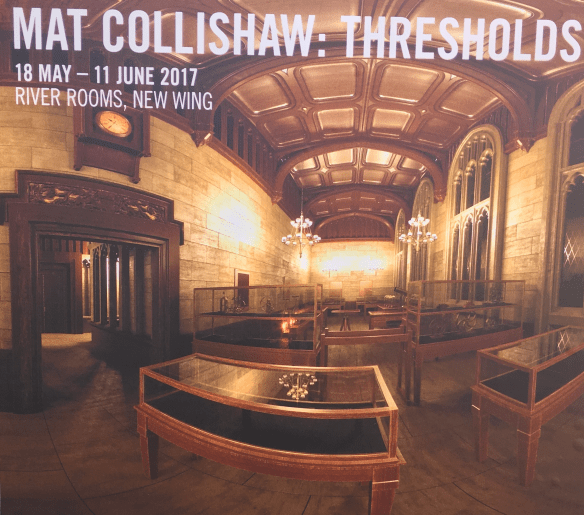Honored to be invited to speak at Vilnius University Faculty of Communication on June 14th 2018:
***
***

—
International Research Conference 2018
Communication and Information Sciences in Networked Society: Experience and Insights
Main event organiser: Vilnius University Faculty of Communication.Conference date and venue: June 14th-15th, 2018, National Open Access Scholarly Communication and Information Center, Saulėtekio av. 5, and Faculty of Communication, Saulėtekio av. 9, Vilnius.
Vilnius University Faculty of Communication brings together researchers and pedagogues engaged in a wide spectrum communication and information research. Since 2011 Faculty of Communication has been organizing the biennial international research conference “Communication and Information Sciences in Networked Society: Experience and Insights”. Three international conferences have already attracted speakers and participants from the USA, Scandinavian, Baltic and other European countries.
Communication and information research helps to understand changes that happens when societies use digital technologies; to study how individuals, communities and organisations construct their identity, share ideas, make decisions and create new knowledge; to see opportunities and challenges in these and other communication and information processes. The goal of the conference is to bring together foreign and Lithuanian communication and information scholars and professionals for a discussion of socially significant communication and information issues and solutions in the networked society that have been identified by research and to increase student’s motivation and engagement in communication and information field.
Faculty of Communication kindly invites communication and information researchers, pedagogues, students, businesses, public institutions (e.g. archives, museums, libraries etc.) and professional associations, creative industries, governmental agencies responsible for cultural and information policies to submit presentations and take part in the conference.
Main communication and information research fields are going to be discussed at the conference: development trends and innovation in memory institutions (archives, libraries and museums), creative industries; cultural heritage communication, cultural and information services, scholarly and science communication, corporate communication, information and knowledge management, media and publishing, journalism and political communication.
Horizontal discussion themes:
- The influence of social networking and social media (e.g., participatory culture, sharing economy, social media impact on journalism and etc.) on various fields of communication and information.
- Identity, values and ethics, social and economic well-being in networked society (e. g., sustainable development, social responsibility, communication of immovable heritage, digital heritage repatriation etc.).
- Changes in information and communication processes management in the digital environment (e.g., trends in information systems development and management, big data management and use in decision-making, )
- Reflections and research on the development, processes and phenomena of communication and information sciences and studies.
Conference organisers invite to suggest topics that are significant for celebrating Centennial of the Restoration of the State of Lithuania (1918-02-16) and other important dates of restoration of the Baltic States.
—





